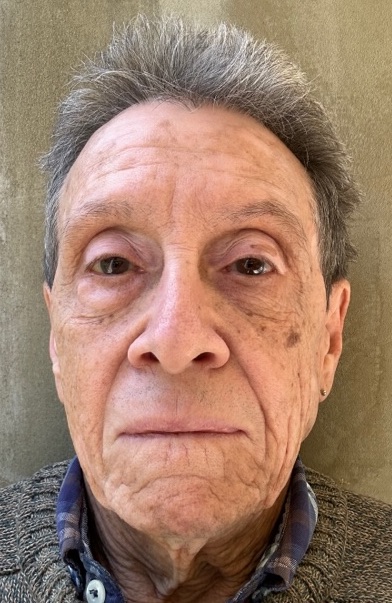
As mentioned previously, in spring and summer of 2018 I served as an expert witness in Graham v. Prince et al (15‑cv‑10160) and McNatt v. Prince et al (16‑cv‑08896), providing my services pro bono. (Click those links for the respective 2023 adverse summary judgments against Prince that led to the settlement.)
At the time I got involved, these cases — filed against wealthy “appropriation art” practitioner and serial hacker Richard Prince by photographers Donald Graham and Eric McNatt for Prince’s unauthorized use of their images — were merged, so my testimony applied to both. Subsequently the cases got separated. Recently, as they headed to trial, they got settled. (See “Richard Prince to Pay Photographers Over $650,000 In Copyright Lawsuits,” by Pesala Bandara, PetaPixel, January 29, 2024.)
My involvement included drafting a written statement on behalf of the plaintiffs — responding to a specific set of questions posed by the lawyers for Graham and McNatt — and then sitting through an extensive deposition by Prince’s high-priced lawyers. Had Prince not settled with the photographers, my role in this suit would have come to include appearing in that capacity at trial.
This wasn’t the first time I’ve served as an expert witness in lawsuits involving photography and photographs. Aside from reimbursement for travel and lodging expenses (none in this case), I accept no payment for such work. It seems to me that if the legal branch of my society calls on me to apply my professional knowledge base and skills to a case before the bench (whether local, state, or federal), that validates my work and my practice in a way that honors it.
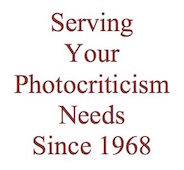 So it behooves me to answer that call. Same goes if photographers — or, if it should happen (hasn’t yet), curators, historians, critics — ask for my help in defending their rights; I owe that to my field and my colleagues therein.
So it behooves me to answer that call. Same goes if photographers — or, if it should happen (hasn’t yet), curators, historians, critics — ask for my help in defending their rights; I owe that to my field and my colleagues therein.
The deposition process was long, and tedious, and the transcript thereof does not make for interesting reading, unless one really wants to get into the weeds of this case. (You can download it here. Caveat emptor. Think of it as a feature-length Tom & Jerry cartoon. Here is a shorter set of excerpts.) However, the carefully crafted statement I submitted to the court on behalf of the plaintiffs, which served as the basis for my deposition, summarizes the positions I took in this case — and the arguments I’d have made in the Warhol Foundation v. Goldsmith case if asked, and would offer in any comparable case.
I like to think that my rebuttal contributed in some ways to the court’s decision, and also that it makes interesting reading in its own right. (It pleases me to report that Prince and his attorneys repeatedly asked the court to exclude my testimony, which request the court repeatedly denied.) As it’s now on the record as a public document, and the cases have resolved, I’m publishing it here. I’ve stripped out some of the boilerplate — my credentials, etc. — to make it more readable. Part 1 appears below; subsequent parts will follow shortly. If you prefer to read the whole thing, complete with professional boilerplate, you can download a PDF of the brief here.— A.D.C.] — A.D.C.]
•
U.S. District Court for the Southern District of New York
Case No. 1:16-cv-08896-SHS
Rebuttal Report of Allan Douglass Coleman (a)
… Counsel for Plaintiffs has asked me to render an expert opinion on issues related to Prince’s use of Plaintiffs’ Works. Specifically, I have been asked to analyze the purpose and character of the Prince Works, the nature of Plaintiffs’ Works, the amount and substantiality of Plaintiffs’ Works that were used in relation to the Prince Works as a whole, and the effect of the Prince Works on the market for or value of Plaintiffs’ Works.
In summary, it is my opinion that: (1) the Prince Works are not transformative; (2) the nature of Plaintiffs’ Works is creative and expressive; (3) the amount of Plaintiffs’ Works used by the Prince Works in relation to the whole is substantial; and (4) the effect of the Prince Works upon the potential market for or value of Plaintiffs’ Works is likely substantially negative. …
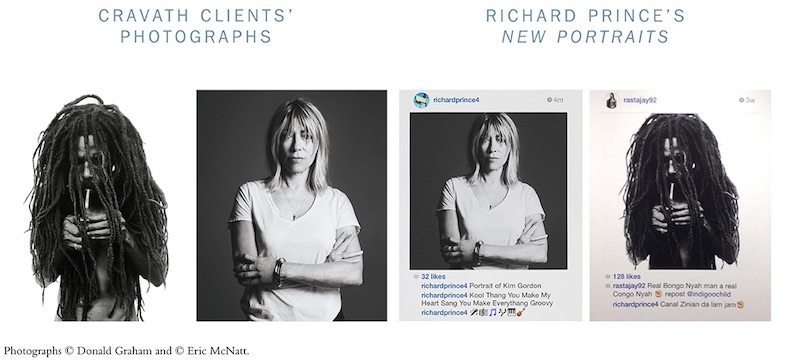
Comparison of Donald Graham and Eric McNatt photos to Richard Prince derivations, Cravath, Swaine & Moore LLP website, screenshot
•
Since most of the arguments in the defendant’s expert reports I have reviewed premise themselves on elements of what in the discourse on art is generally referred to as “postmodern theory,” it seems fitting to begin with a discussion thereof.
As a critic, historian, and theorist specializing in photography (including what is commonly referred to as “photo-based art” and/or the work of “artists using photography,” in which latter categories Prince’s work is usually grouped), and a public lecturer and teacher in post-secondary art and photography programs, I have been aware of postmodern theory since its emergence in the early 1970s.
I have written about, lectured about, and taught this aggregation of ideas that are called postmodern theory in my own work as a writer and educator. I consider some of it useful and provocative, some of it confused and obfuscatory.
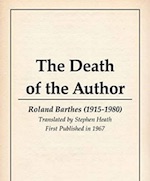
Roland Barthes, The Death of the Author (1967), cover
The premise of postmodern theory is one of infinite recursion: It holds that human beings — and thus all of their activities, including art-making (broadly defined) — are effectively collages, mere composites of the cultural forces that formed them. Under this theory, the concepts of both “identity” and “individuality” as commonly understood are merely notional, and outdated (“discredited” is the standard postmodern term).
Postmodern theory asserts that the individual human being is nothing more than culture’s way of reproducing itself. Given that assumption, any expressive activity by any human entity — picture-making and linguistic utterance, in the present instance — cannot make any claim to originality; by definition, such activity can only mirror and reiterate what came before, with minor variations at best.
Any output resulting from that activity — a picture, a text — may be unique insofar as that particular combination of received cultural bits and pieces may never have resulted previously. But it has no other claim to distinction — certainly nothing that would make it proprietary to the person who generated it, who has simply regurgitated a particular mix of cultural fragments.
•
As stated above, postmodern theory argues that there is no such thing as originality or authenticity, and that therefore any work of art in any medium, no matter how new and seemingly radical, merely recycles existing ideas and is thus in turn available at birth for recycling by others, both in theory and in practice. In the telling phrase of prominent postmodern theorist Roland Barthes, this represents “the death of the author.”
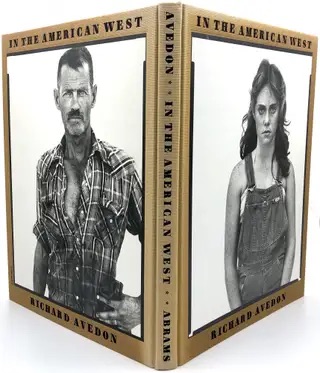
Richard Avedon, In the American West (1985), cover
Indeed, Brian Wallis in his report, employing that same notion, goes so far as to accuse Mr. Graham and Mr. McNatt of being pots calling the kettle black — suggesting that they appropriated the photographer Richard Avedon’s work simply because they, like Avedon (and like portraitists before them stretching back centuries in the history of art) posed their subjects before blank backgrounds, historically one of the conventions of formal portraiture.
With its fundamental proposition that originality is a myth, postmodern theory is per se inconsistent with the concept of copyright. This theory would effectively preempt any claim to ownership of and control over rights (even for limited periods) by any creator anywhere. If its advocates prevail, copyright as a legal, ethical, and social construct will evaporate.
In the minds of those who embrace postmodern theory, claiming to be an artist who subscribes to postmodern theory — and endorsement as such by assorted art-world luminaries — apparently constitutes a license to steal. And while Prince cedes to others the right to “appropriate” and replicate his own works, as a critic, historian, and theorist, I do not find this a sufficient counterbalance to Prince’s claim that he has the right to “appropriate” the work of others.
•
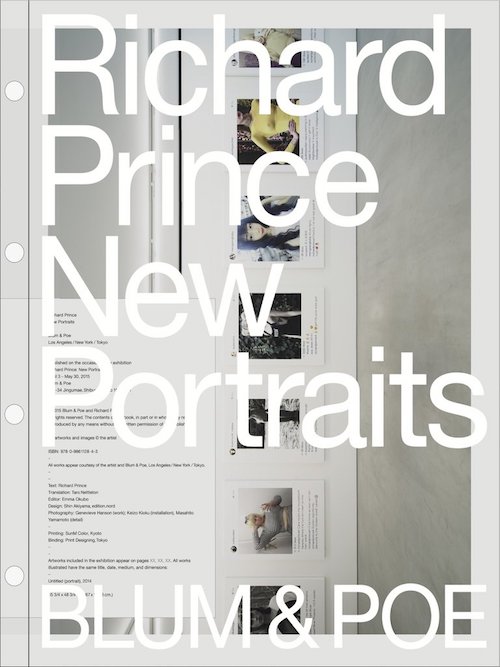
Richard Prince, New Portraits catalog (cover), 2016
Prince and his defenders [including, as deponents in this case, curator Brian Wallis, gallerist Daniel Wolf, and auctioneer Allan Schwartzman, then Chairman and Co-Head of the Fine Art Division of Sotheby’s] trot out all the predictable tropes of postmodern jargon, which add up to the assertion that because Richard Prince is an acclaimed artist who sells at very high prices and in whom many individuals and institutions are heavily invested both financially and reputationally, his assertion of entitlement to the output of others is not to be questioned, and he gets to do as he pleases.
I note in this regard that most challenges to artistic “appropriation” of the work of others involve a high-profile artist taking the work of lesser-know artists and claiming the right to do so by dint of art-world stature. In those cases, assorted art-world figures have argued on the record that the status of these individuals as acclaimed artists producing works with high market value overrides the intellectual property rights of the lower-profile IP producers (by definition, thus, less moneyed, less able to afford high-powered legal representation and/or to attract art-world defenders) whose intellectual property they have taken for their own use without permission or compensation.
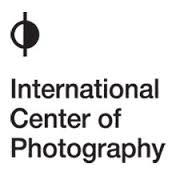 I also note that, when asked to defend the intellectual property rights of prominent and high-priced artists whose work has been appropriated by others, many contemporary critics, curators, auctioneers, and other art-world figures do not hesitate to do so, their endorsement of postmodern theory notwithstanding.
I also note that, when asked to defend the intellectual property rights of prominent and high-priced artists whose work has been appropriated by others, many contemporary critics, curators, auctioneers, and other art-world figures do not hesitate to do so, their endorsement of postmodern theory notwithstanding.
For example, Brian Wallis worked for many years at the International Center of Photography (henceforth the “ICP”) in New York City. ICP holds the archives of a number of photographers, including Arthur Fellig (Weegee), Robert Capa, and Cornell Capa, and handles the licensing of subsidiary rights for their images and other materials, a process in which Mr. Wallis was almost certainly involved on behalf of that institution. Managing such licensing necessarily involves defending such copyright-protected intellectual property against unauthorized use. …
•
This post supported by a donation from Harry Wilks.
•

Special offer: If you want me to either continue pursuing a particular subject or give you a break and (for one post) write on a topic — my choice — other than the current main story, make a donation of $50 via the PayPal widget below, indicating your preference in a note accompanying your donation. I’ll credit you as that new post’s sponsor, and link to a website of your choosing.
And, as a bonus, I’ll send you a signed copy of my new book, poetic license / poetic justice — published under my full name, Allan Douglass Coleman, which I use for my creative writing.






Bravo!
I agree with Arthur Gottschalk’s one word reply.
In future as my younger nephew, an AI tech wizard who helps design AI generated Cancer care Rx, stated to me “That it is hard to sue AI that will use your art Uncle Mike”
Glad I am old and won’t be here most likely in 10 years or so, as remember working with humans.
Of course the “Elvis Presley laws”prohibit me as a photographer to any use of my 1961 Dr. Martin Luther King or Andy Warhol portraits among other known person of that era who comtrol likenesses.
Good article ,
Michael
Photos of MLK, Warhol and countless other public figures abound, and get frequently published, exhibited, etc. Not sure how you’re reading what you refer to as the “Elvis Presley laws.”